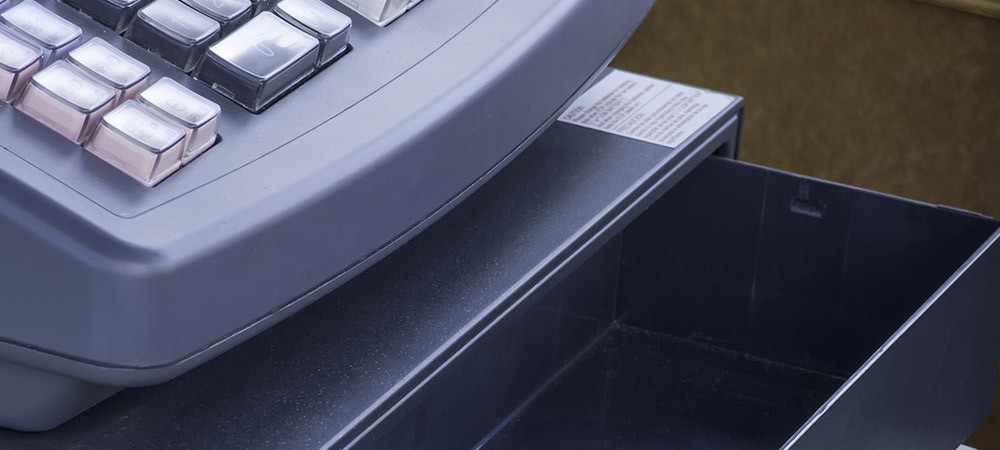As US retail gears up and gets back to business, theft prevention is set to again become a major priority.
Although statistics indicate theft events were down throughout 2020 due to store closures, of the events that did occur, the value of the amount stolen was higher, and stores deemed essential actually experienced a shoplifting increase.
Which begs the question, where is your retail theft occurring?
Because once you know where your risk is, you can devise the best strategies to mitigate loss.
The four major types of retail theft
When it comes to analysing retail theft, there are four major areas to look at shoplifting, employee theft, fraud, and organized retail crime (ORC).
Each has an impact on retail’s bottom line, with the current statistics available here.
However, to put it plainly, theft is part of a wider retail loss problem that cost the industry $61.7 billion in 2019 or 1.62 per cent of retail’s annual bottom line.
Shoplifting
Shoplifting is often the theft issue that gets the most attention, and there’s good reason this is the case.
Shoplifting continues to be the number one cause of retail loss, with both amateurs and professional thieves contributing to the problem.
On the flipside, shoplifting is also one of the easiest problems to address, but it is imperative to have a multi-pronged approach that protects the store overall and items at a product-based level.
The top shoplifting prevention strategies include:
- Good store layout and lighting.
- Staff education and training.
- Electronic article surveillance involving security tags, security labels and pedestal antenna.
- CCTV.
- Loss prevention staff
Employee theft

Employee theft is a bit of a hidden epidemic, but the reality is each incident of employee theft costs a retailer more than general shoplifting.
That’s because employee theft often takes longer to identify and can take the form of false returns, gift card fraud, skimming or false reconciliation of inventory.
In fact, the 33rd Annual Retail Theft Survey by Jack L Hayes International found each incident involving a dishonest employee averaged $1219.61, which was up 3.8 per cent in 2020.
The top employee theft prevention strategies include:
- Screening of all prospective employees.
- Staff training.
- A good work environment with fair remuneration.
- Staff monitoring through CCTV and POS analytics.
Fraud
Fraud is becoming an increasing problem in retail theft, with perpetrators becoming more elaborate in their scams.
Some of the most common ways that fraud is committed to involve return fraud, credit card fraud, and gift card fraud.
Meanwhile, fraud is also an issue behind the scenes in terms of supplier fraud.
The best ways to mitigate the risk of fraud include:
- Returns and gift card policies and procedures.
- Staff training.
- POS analytics.
- Payment’s security.
- Inventory reconciliation upon receipt of goods.
Organized retail crime

One of the biggest scourges of the modern retail landscape is organized retail crime, which sees a group of thieves deliberately target a retailer to steal items in volume.
Organized retail crime is incredibly costly to retailers. The National Retail Federation notes Organized Retail Crime cost retailers an average of $719,548 per $1 billion in sales in 2020.
Perhaps more concerning is that organized retail crime is often accompanied by violence, with the NRF’s Organized Retail Crime Survey 2020 finding the majority of retailers reported thefts involved more violence in 2020 than they did in 2019.
Combatting organized retail crime involves:
- Training staff to identify the suspicious behaviour that can indicate an organized retail crime event is about to take place.
- Storewide security such as CCTV and loss prevention personnel.
- Electronic Article Surveillance.
- Secure cabinets and lockable drawers.
- Good store layout that prevents easy smash and grab events
The final word
In the coming months, retailers will be looking to make up for the lost ground of 2020, and that means the focus should return to theft prevention.
After all, increased foot traffic equals an increased risk of shoplifting, employee theft, fraud and organized retail crime.
You can find more resources for protecting your store against each here.
